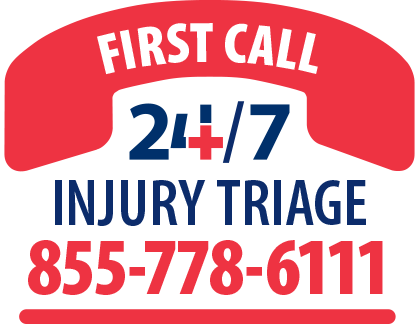Return to Work
Return-to-work programs are one of the key components in containing and reducing the cost of workers’ compensation.
What is a Return-to-Work PlanIt is a program designed to help injured workers transition back to the workplace by performing meaningful work within their capabilities.You may hear it referred to as light duty, limited duty, modified duty, alternate duty or transitional work. It is intended to be a bridge back to full duty.
Why is a Plan Important?
It's a win-win for employers and employees alike. You win by keeping a valuable trained employee while minimizing workers' compensation and turnover costs. And employees typically recover faster, build self-esteem and reduce their financial loss of not working.
7 Key Steps to Build a Return-to-Work Program
-
Knowledge and acceptance of the potential benefits of a Return-to-Work program.
An effective Return-to-Work program can reduce costs directly associated with lost time injuries, such as:
- disability payments
- medical costs
- litigation costs
- speeds recovery time and requires less medical care
- demonstrates a work environment where all employees are valued which can lead to lower incidences of fraud or claim litigation
- reduces the need to replace injured workers, lowering turnover and associated costs
- helps retain an experienced workforce
-
Willingness to commit resources to develop and sustain a Return-to-Work program.
The commitment of leadership is critical to the development of a culture of safety and achieving Return-to-Work program goals. Providing necessary resources, such as training and accommodation, creates a sustainable program. -
Have a Return-to-Work policy statement.
A written policy statement should be consistent with company values outlining the purpose, scope, philosophy, commitment and applicability of the program. -
Establish and document the process.
A formal, written program that includes the responsibilities of everyone involved should have a list of clear steps to be followed after an injury has occurred. A documented Return-to-Work program establishes employer commitment to helping employees return to work following an injury and defines what will be expected of everyone involved. -
Effective communication to everyone involved.
Communications is key! Everyone who has a role in the success of the program should be made aware of the program and their responsibilities. The program coordinator(s), supervisors, employees, medical providers and MEMIC should be fully informed of their responsibilities
under the program. -
Formal implementation.
-
Monitor and make adjustments as needed.
Evaluate and enhance the Return-to-Work program on a regular basis. Ensure continuous program improvement—determine what has worked, what hasn’t and course-correct as needed.




